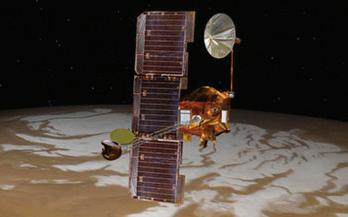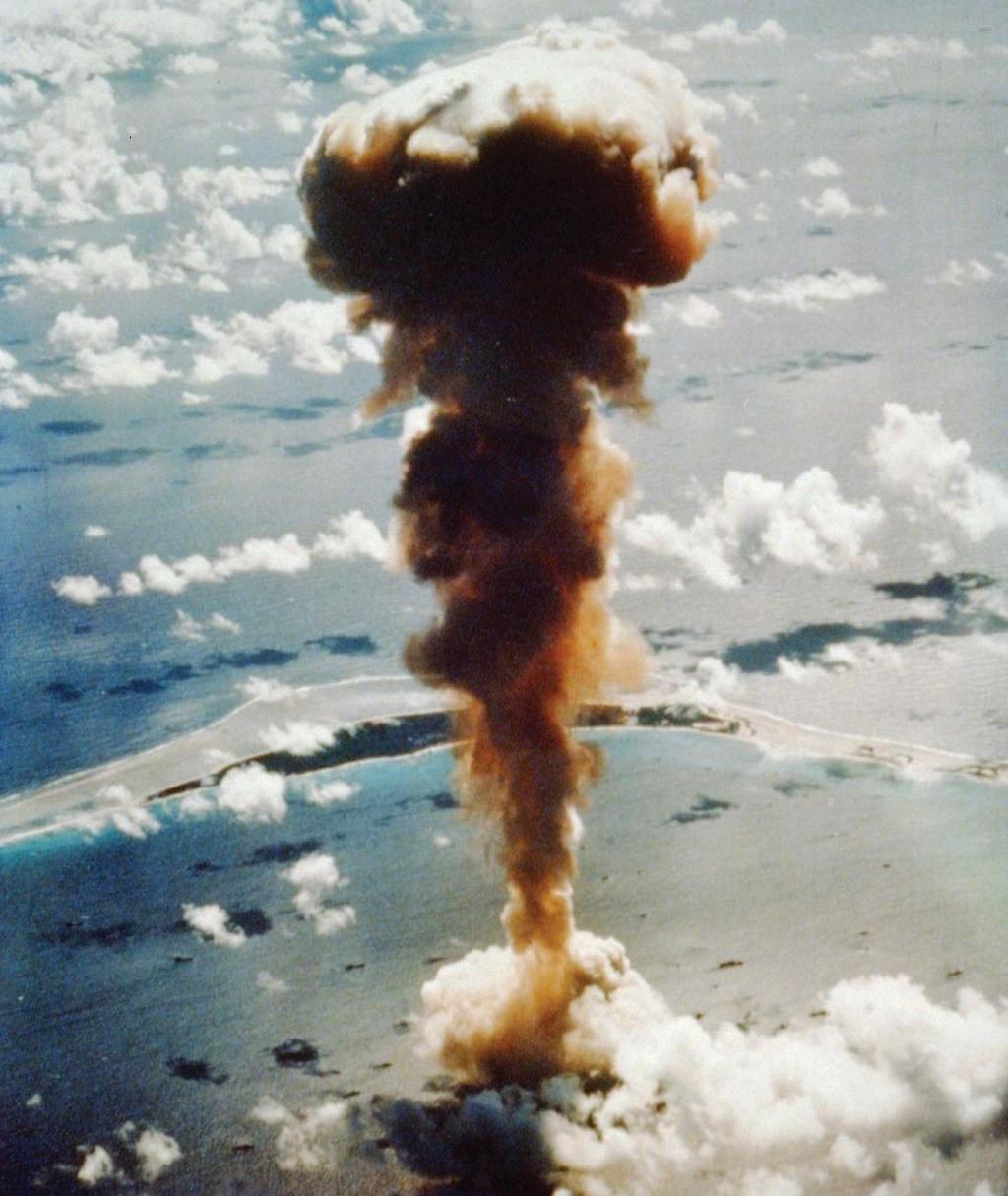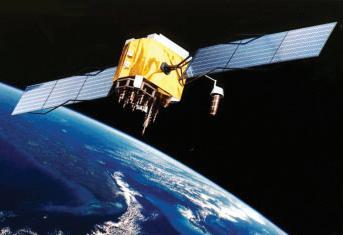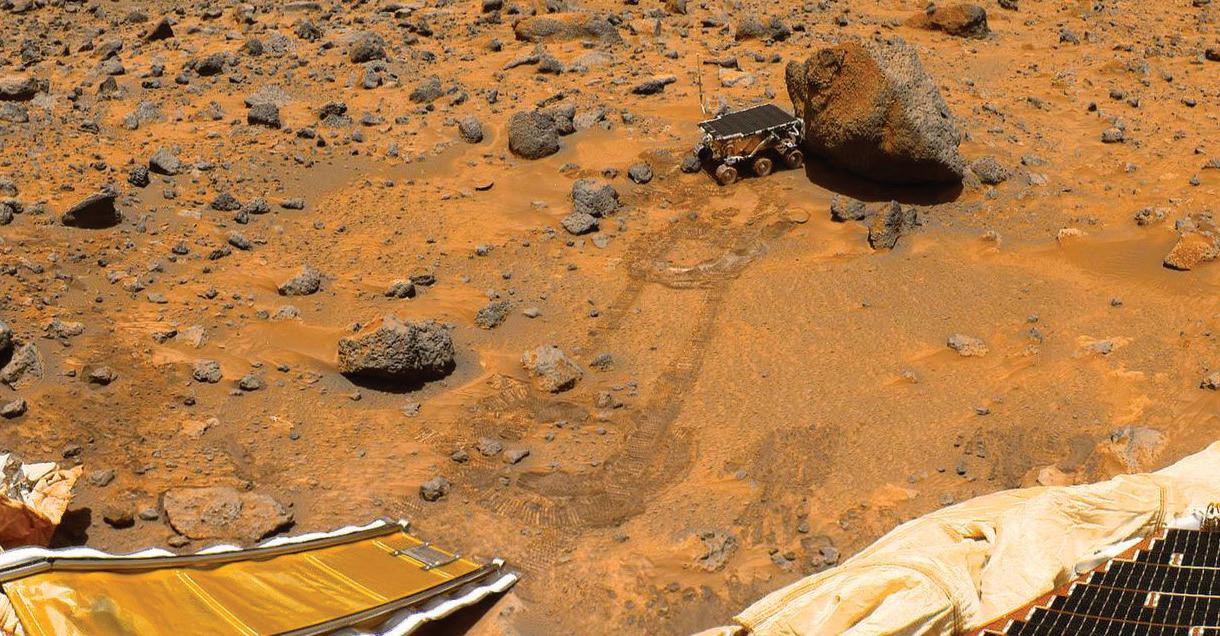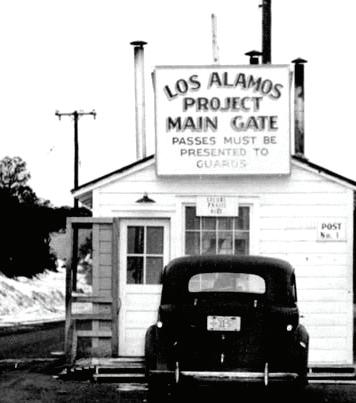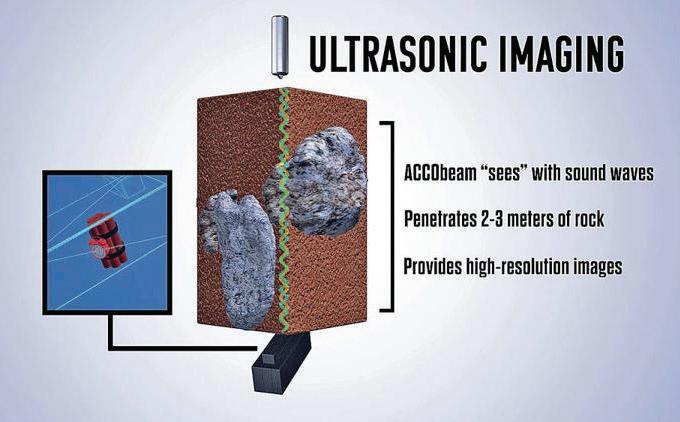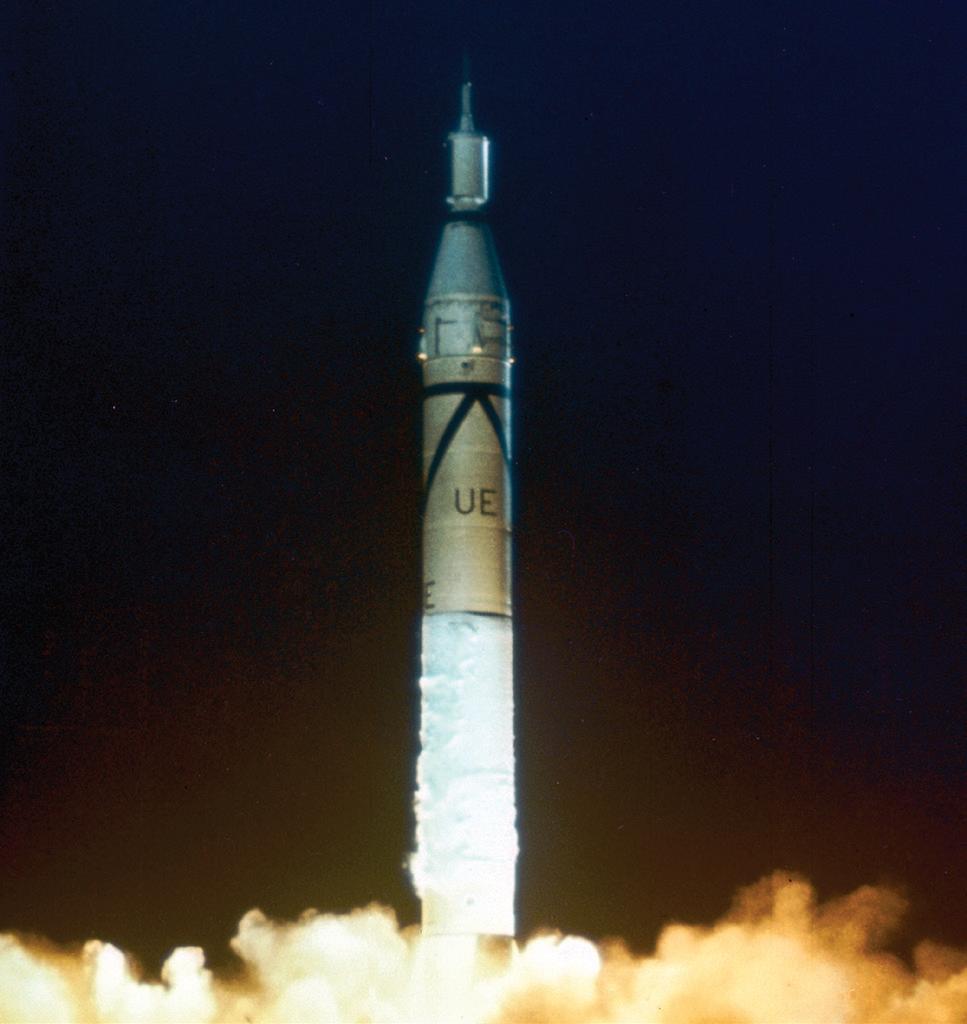
1 minute read
1960s
5
Permissive Action Link Nassau Agreement
Advertisement
1960s
Manhattan Project: America’s Groundwork for Innovation in
MEDICINE SECURITY COMPUTING SPACE INDUSTRY
Instrumentation of the Moom
The Apollo Lunar Surface Experiment Packages containing scientific instruments were left on the moon by U.S. astronauts, to send ongoing data back to Earth. The first package was solar-powered but relied on two 15-watt radioisotope heater units (RHUs) to keep its instruments warm enough to function.
Subsequent packages were each powered by 70-watt SNAP-27 radioisotope thermoelectric generators, and the ALSEPs contributed significantly to our understanding of the moon, including data on solar wind and radiation, and the observation that the moon is geologically active. The five ALSEP stations continued to operate until 1977.
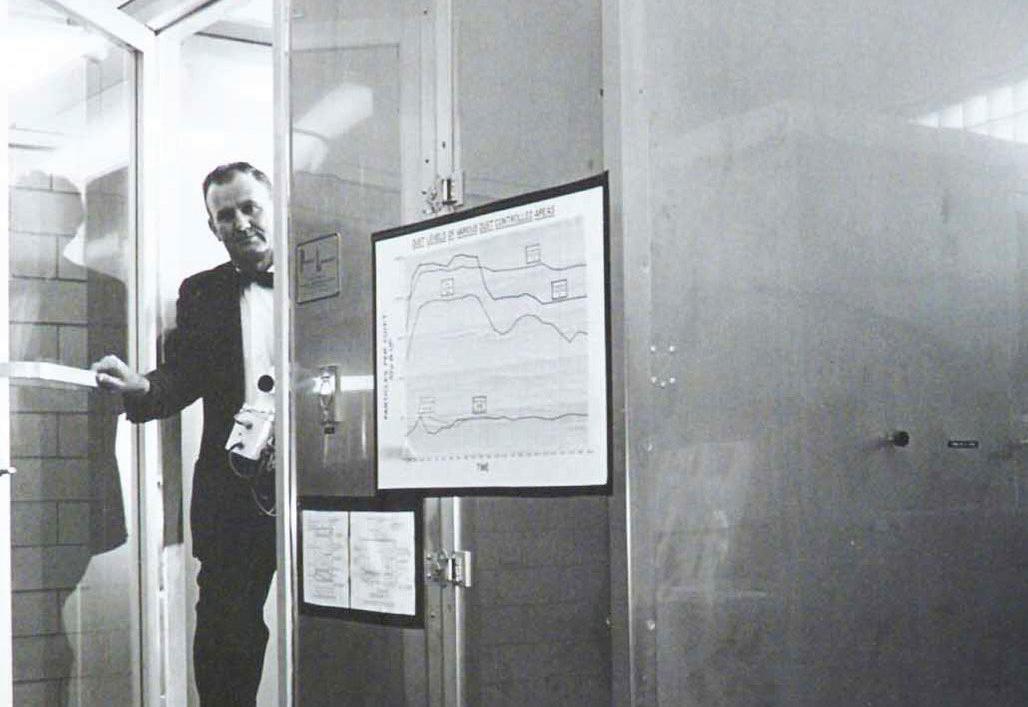
Clean Room Technology
When Sandian Willis Whitfield came up with the idea for the laminar airflow clean room, it was intended to provide a dust-free environment for manufacturing close-tolerance weapons parts. Little did he or anyone else know that his idea would become a basic enabling technology for the $1.2 trillion electronics industry, improve hospital operating room safety, and advance space exploration.
Heat Pipe Clean Room Technology
Nuclear Weapons Security
In 1960, Sandia developed the permissive action link, a coded electromechanical security lock that prevents unauthorized use of a U.S. nuclear weapon. The technology helped reassure the public that a scenario involving a stolen nuclear weapon was impossible.
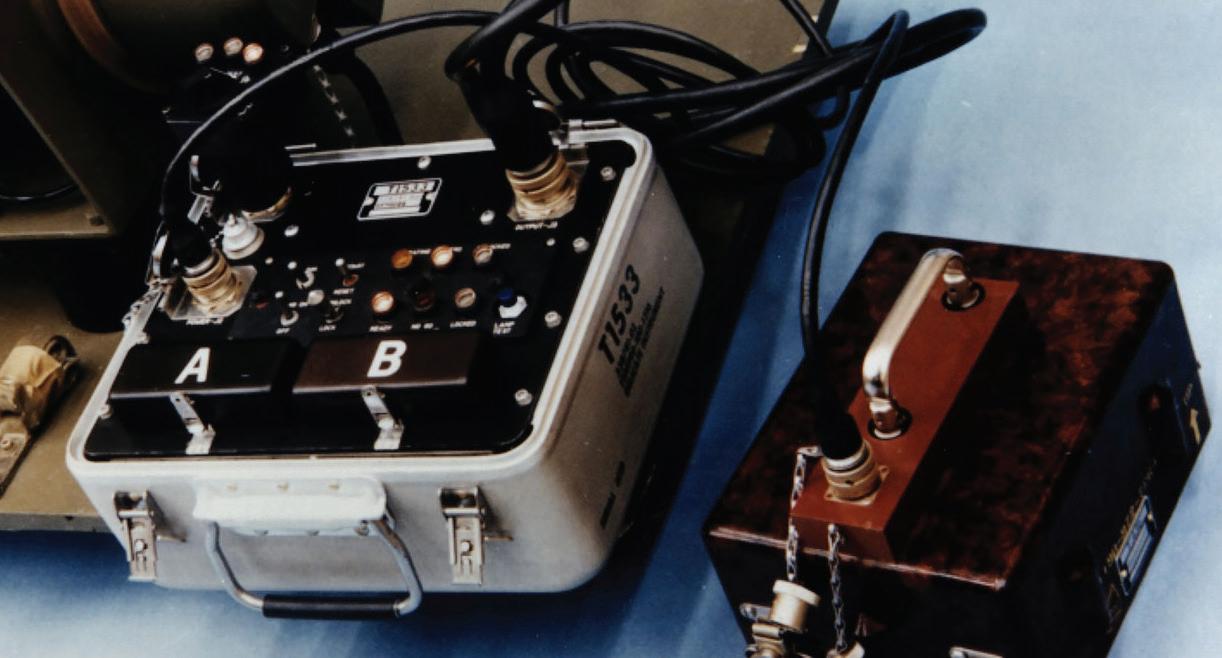
Purified Vaccines
National Lab researchers adapted nuclear separation technology to develop a zonal centrifuge used to purify vaccines, which reduced or eliminated unwanted side effects. Commercial centrifuges based on this invention continue to produce vaccines for millions of people. Moon Landing

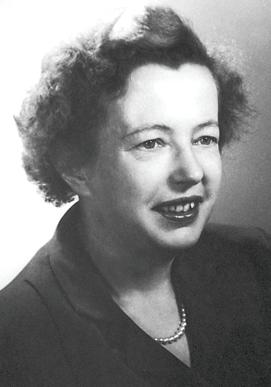
Maria Goeppert Mayer was a theoretical physicist and received the Nobel Prize in Physics in 1963 for proposing the nuclear shell model of the atomic nucleus — work she conducted while at Argonne National Lab as a senior physicist. Goeppert Mayer’s model explained “why certain numbers of nucleons in the nucleus of an atom cause an atom to be extremely stable”.


